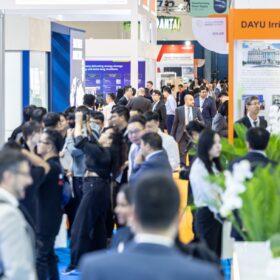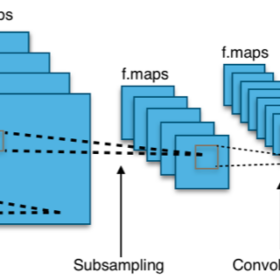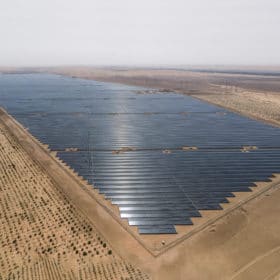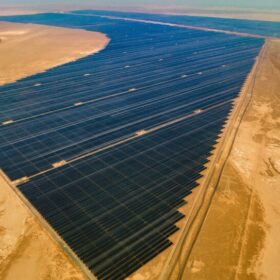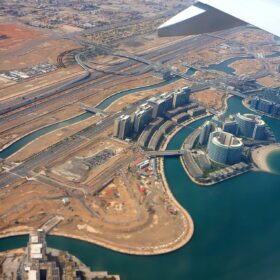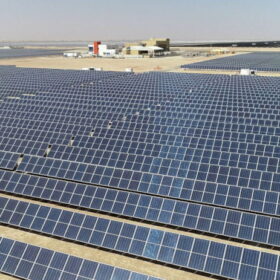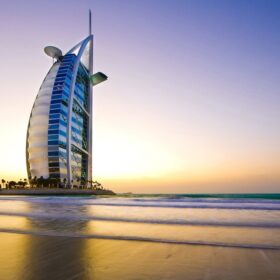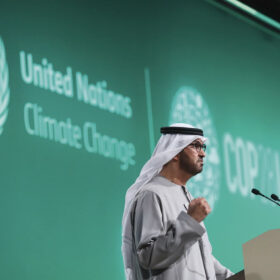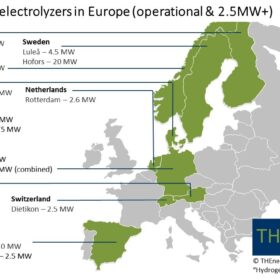Key takeaways from Abu Dhabi’s World Future Energy Summit
The 2024 edition of the Middle East’s most important solar event hosted a higher number of exhibitors and visitors, even though the heaviest rainfall seen in decades hit the United Arab Emirates throughout the first day of the trade show. Nonetheless, the event clearly showed that large-scale PV projects still dominate in the UAE market.
PV module fault detection technique based on convolutional neural network
An international research team has used the convolutional neural network (CNN) deep learning algorithm to identify faults in solar panels. Its work showed the proposed technique has a high degree of accuracy, especially if combined with transfer learning models.
Attica-Crete leg of Mediterranean super grid due mid 2025
Greece has grand plans for an interconnector network that runs from the Middle East through to the heart of Europe. pv magazine examines the latest developments on the road to a Mediterranean super grid and what it might mean for the regions involved.
EWEC seeking proposals for 1.5 GW of solar in Abu Dhabi
Emirates Water and Electricity Co. (EWEC) is now accepting proposals for a 1.5 GW solar project in Abu Dhabi. The tender is open to the 19 bidders who passed the qualification process, following an expression of interest stage last year. The chosen developer or consortium will sign a long-term power purchase agreement (PPA) with the Abu Dhabi-based utility.
EDF, KOWEPO to bid for 1.5 GW solar project in UAE
Korea Western Power Co. (KOWEPO) and EDF Renewables have signed a joint development agreement for a 1.5 GW solar farm in Khazna, United Arab Emirates (UAE). The partners are already in advanced discussions with Abu Dhabi’s Emirates Water and Electricity Co. (EWEC) for a project of the same size in the Al-Ajban region.
UAE utility opens bidding for 400 MW battery energy storage system
Emirates Water and Electricity Co. (EWEC) has started accepting expressions of interest for a 400 MW battery energy storage system (BESS). The chosen developer will enter into a long-term agreement with the Abu Dhabi-based utility as the sole procurer.
Masdar reaches financial close on 1.8 GW of solar
The Dubai Electricity and Water Authority (DEWA) and Abu Dhabi Future Energy Co. (Masdar) have reached financial close on a 1.8 GW solar project – the sixth phase of the Mohammed bin Rashid Al Maktoum Solar Park in the United Arab Emirates. Masdar was chosen to build and operate the project after submitting a bid of $0.016/kWh – the park’s lowest levelized cost of electricity (LCOE) to date.
Dubai’s high-rise buildings perfect match for building-integrated photovoltaics
Scientists in the Middle East have simulated the use of different building-integrated PV systems on Dubai’s high-rise buildings. They found that for buildings with more than seven floors, BIPV may be superior to rooftop power generation.
Weekend Read. COP: A solar flop?
Tripling clean energy generation capacity to 11 TW by 2030 was a leading pledge from the United Nations’ (UN) climate change conference in Dubai. With few details about infrastructure and energy storage and no clear PV targets, however, it is hard to judge the effectiveness of the 28th global Conference of the Parties (COP) meeting. Angela Skujins considers possible impacts for the solar industry.
The Hydrogen Stream: Europe prioritizes PEM electrolysis
Several companies have announced new hydrogen deals in Europe, as Germany moves forward on hydrogen collaboration with Australia and the United Arab Emirates. pv magazine also spoke with Thomas Hillig, managing director of THEnergy, about Europe’s electrolysis capacity.
